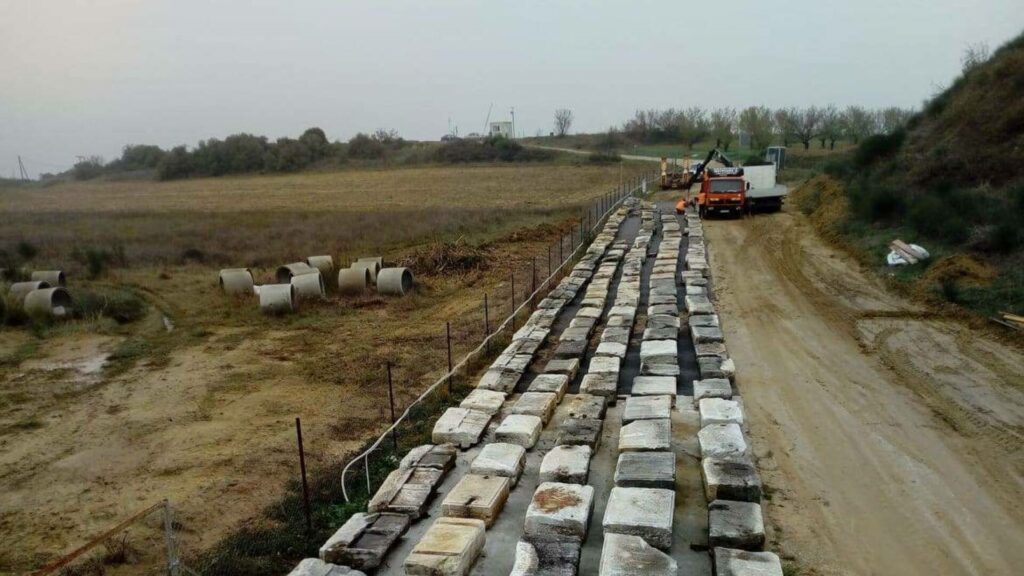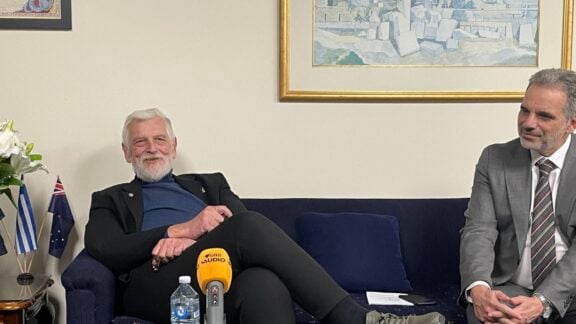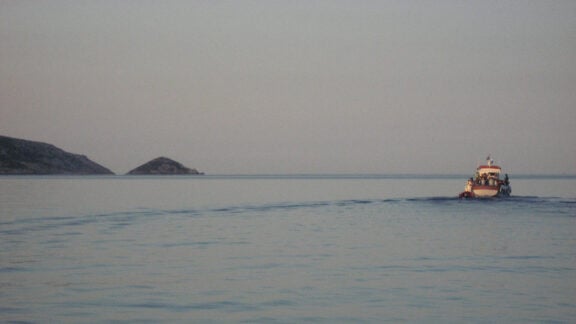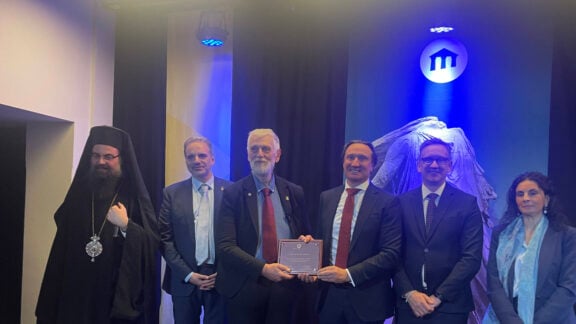The Directorate for the Restoration of Ancient Monuments of the Ministry of Culture has completed restoring part of the ancient enclosure of the Mound of Kasta.
The scattered marble stones were positioned in their rightful place, without any additions, so that they always bear witness to their long history,” said a statement issued by Greece’s Ministry of Culture.
The Ministry statement said it had approved a study by architect Michael Lefantzis in 2019, which saw the 25 scattered marbles of the 375 that were identified re-positioned in the west of the Mound and stacked according to the type of masonry aligned to ancient masonry.
The 25 architectural stones and artefacts are now in their original position after 21 centuries. Many of the marbles had been moved kilometres away from the monument, “bearing the ravages of time, but also damage to its surfaces from human intervention, due to repeated changes of use.”
“To preserve their authenticity, the scattered marbles were placed in their original place, without any additions, so that they always bear witness to their long history,” said the Minister for Culture, Lina Mendoni, in the press release.
The architectural study of the scattered material indicated that the highest members’ heights belong to the southern part of the enclosure, near the Tomb Monument.

A key issue was the change in the direction of the stumps and the levers, indicating the opposite direction in which the enclosure members were placed by at least two different crews during its construction.
The study showed that the point at which the marbles were placed, in the southern part of the enclosure and 22 meters west of the burial monument, was where the two opposite times of placement of the members during construction ended.
Most of the marble members are in good structural condition, except for two: one upright and one base with broken sections, which did not require filling for their placement.
To support the marble, artificial stone was added to the broken or missing marble plinths, while the ancient lathes and grooves were re-used.
Six experienced marble masons from the Ministry of Culture came from the South Cliff of the Acropolis of Athens in Amphipolis to assist with the project.
The Directorate of Restoration of Ancient Monuments now continues to fix and restore the Tomb Monument and the outer shell of Area 1.









